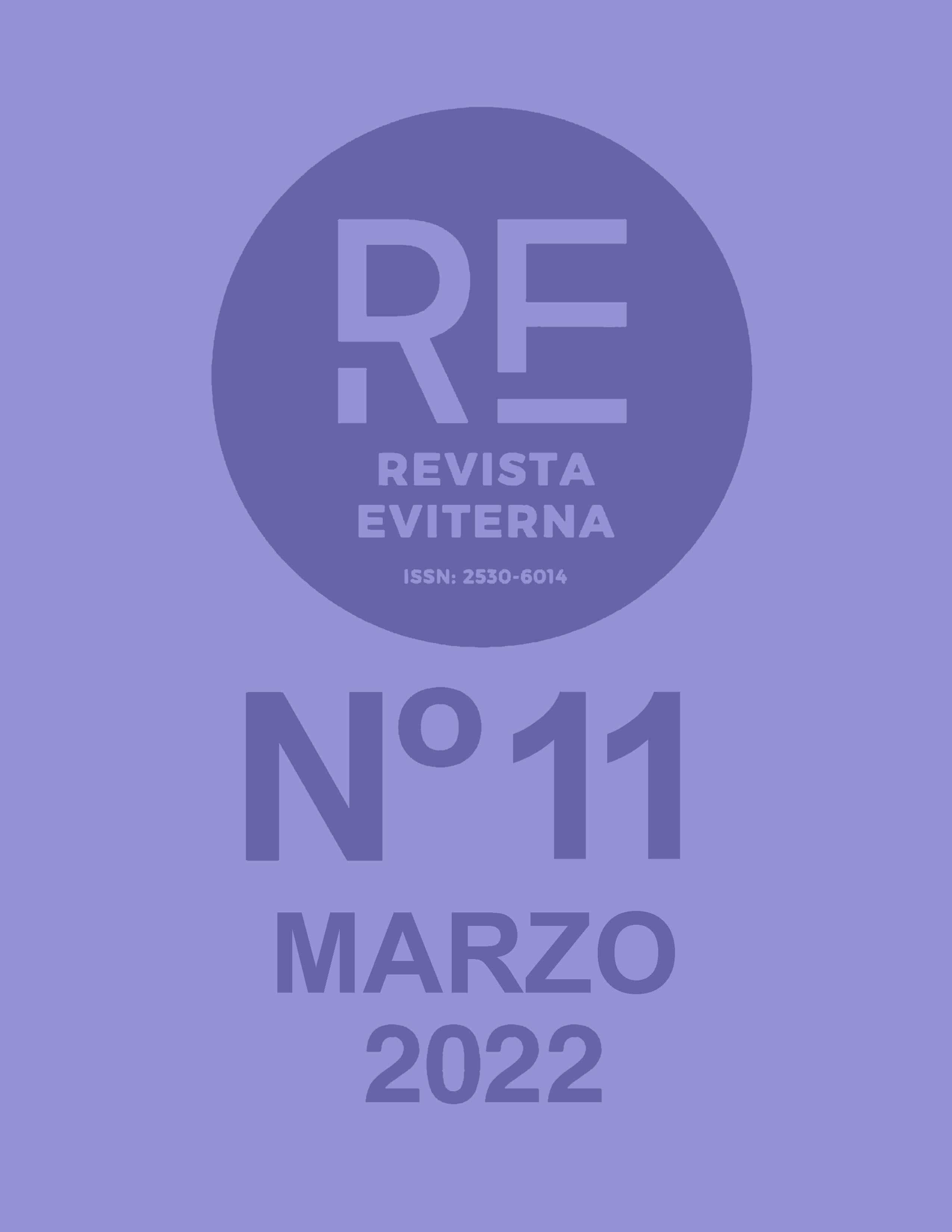Dj’s@work: party in cabin and priests of trance
Videoclips, charismatic image and mythogenesis of the dj
DOI:
https://doi.org/10.24310/Eviternare.vi11.14398Keywords:
Dj's, Iconography, Mythogenesis, Music Movements, Music VideoAbstract
Music Video is an Imago Musicae opened to aesthetic experimentalism, always on the hunt for and opportunistic capture of quotes and fragments. Likewise, it is shown to be capable of tracing synergies, transfers and interferences with modern art and historical art to generate a new imagery at the service of the new idols, needs and expectations of consumer society. On other occasions, we addressed the phenomenology of urban subcultures and their interrelation with musical movements and the Music Video, specifying it in five case studies
-new romantic, techno, hard rock/heavy metal, rappers and DJs- that allowed us to outline/ratify/establish identifiers and precise iconographic keys for their recognition and enhancement. Now we continue to delve into the validity of the iconographic method applied to Music Video as a creative media genre of new mythologies and an instrument for disseminating values, concerns and attributes of great musical-cultural trends from 1981 to today. We will stop at specific values that allow us to dissect the key factors to build particular mythogenesis, without forgetting to establish/codify ad hoc premises to recognize/distinguish/value the significance of the DJ in our popular culture. We also study its iconography, relying on referential video clips and other media products.
Downloads
Metrics
Publication Facts
Reviewer profiles N/A
Author statements
Indexed in
-
—
- Academic society
- N/A
- Publisher
- Universidad de Málaga
References
Barfield, O. (1965). Saving the Appearances. A Study in Idolatry. New York: Harcourt, Brace & World, Inc.
Blázquez, G. A. & Rodríguez Correio, R. M. (2019). Keep on moving. Mujeres DJs en la escena electrónica de la ciudad de Córdoba. Contracampo. Braziliam Journal of Communication, 38-1 (93-107).
Broughton, F. & Brewster, B. (2006). Historia del DJ. Desde los orígenes hasta el garage. Barcelona: Robinhood.
--- (2007). Historia del DJ 2. Desde el house hasta la actualidad. Barcelona: Robinhood.
Castiñeiras González, M.A. (1995). Introducción al método iconográfico. Santiago de Compostela: Tórculo.
Durá Grimalt, R. (1988). Los vídeo-clips: precedentes, orígenes y características. Valencia: Universidad Politécnica.
--- (1989). Remodelación de los temas clásicos en los medios de masas. Cuadernos de Arte e Iconografía, II-4 (303-309).
García Gutiérrrez, L. (2017). El Ars Celebrandi al servicio de la participación litúrgica. Tabor. Revista de Vida Consagrada, 33 (185-204).
González, M. (2016). Dance. Electronic music. Historia, cultura, artistas y álbumes fundamentales. Barcelona: Redbook.
Gubern, R. (1974). Mensajes icónicos en la cultura de masas. Barcelona: Lumen.
Keil, C. (2001). Las discrepancias participatorias y el poder de la música. En Cruces Villalobos, F. (Coord.), Las culturas musicales. Lecturas de etnomusicología (pp. 261-272). Madrid: Trotta.
Morgan, D. (1999). Visual Piety. A History and Theory of Popular Religious Images. Berkeley-Los Ángeles-London: University of California Press.
Panera Cuevas, F. J. (2007). Barroco y Neobarrocos. El Infierno de lo bello. Salamanca: Ayuntamiento-DA2 Domus Artium.
Pardo, A. (1981). Liturgia de la Eucaristía (Selección de documentos posconciliares). Madrid: Marova-Paulinas-PPC Regina-Verbo Divino.
Pérez de Urbel, J. (1951). La Santa Misa. Estudio histórico, teológico y litúrgico. Madrid: Semilla.
Rodríguez Correio, R.M., (2018). Hacerse DJ: el pasaje de público a artista en el caso de unas mujeres en el mundo de la música electrónica de Córdoba. Síntesis, 9 (63-75).
Sánchez López, J. A. (2019). Músicas urbanas, videoclips y nuevas mitogenias. En Calderón Roca, B. (Coord.), Cultura visual, música y medios de comunicación: educación y valoración del patrimonio desde la democracia, (en prensa).. Valencia: Tirant Lo Blanch.
Schmidt H., L. (2012). El hombre como ser-trascendente. Una perspectiva judeocristiana. Revista de Bioética Latinoamericana, 10 (53-99).
Downloads
Published
How to Cite
Issue
Section
License
All the contents published in Revista Eviterna are subject to the Creative Commons Reconocimento-NoComercia-Compartirigual 4.0 license, the full text of which can be found at <http://creativecommons.org/licenses/by-nc-sa/4.0>
They may be copied, used, disseminated, transmitted and publicly exposed, provided that:
The authorship and original source of your publication (Journal, editorial and URL of the work) are cited.
They are not used for commercial purposes.
The existence and specifications of this use license are mentioned.

Copyright is of two kinds: moral rights and patrimonial rights. Moral rights are perpetual, inalienable, inalienable, inalienable, inalienable and imprescriptible prerogatives.
In accordance with copyright legislation, Revista Eviterna recognizes and respects the moral rights of the authors, as well as the ownership of the economic right, which will be transferred to the University of Malaga for dissemination in open access.
The economic rights refer to the benefits obtained by the use or disclosure of the works. Revista Eviterna is published in open access and is exclusively authorized to carry out or authorize by any means the use, distribution, disclosure, reproduction, adaptation, translation or transformation of the work.
It is the responsibility of the authors to obtain the necessary permissions of the images that are subject to copyright.







12.png)



